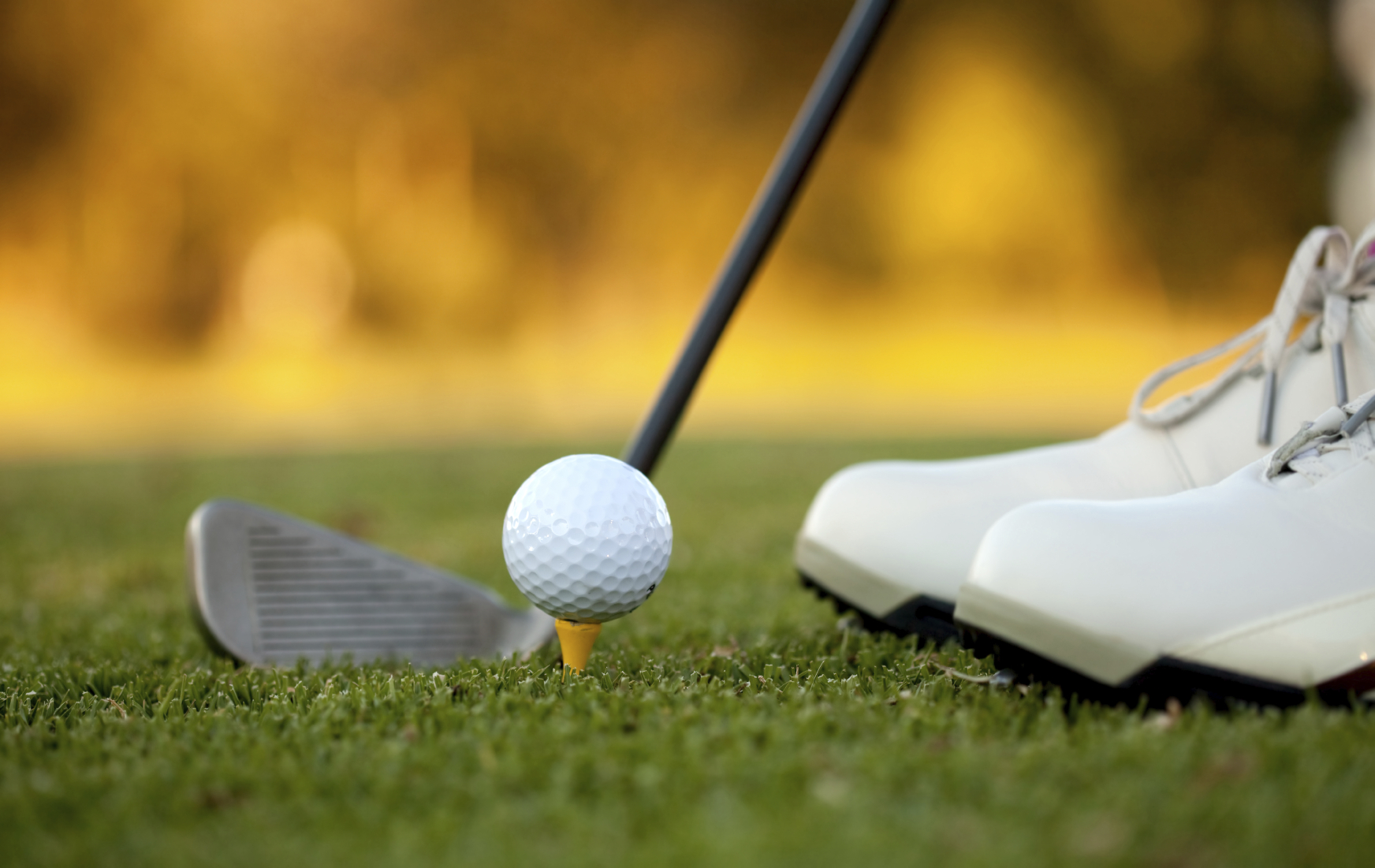Your Feet Are Your Biggest Supporter
When you ask for advice on training to improve your golf game, you’ll probably hear responses about rotational power, hip mobility, and core strength. While all of these aspects of training are important, you can’t forget about the two structures that support you through all 18 holes: your feet! Your feet are your foundation for balance and power. If they don’t support you properly, it doesn’t matter how much mobility, strength, or power you have, you have failed to create a strong connection with the ground. This results in a loss
Reducing The Risk for ACL Tears with Movement Quality Screening
Anterior Cruciate Ligament (ACL) tears are nothing short of soul-crushing. Athletes who suffer one are in for a long 9–12 month ride of surgery concerns, head-scratching post-op differences of opinion, and the potential for insurance companies to prematurely cut them off, resulting in high risk for a re-tear. It is extremely frustrating that we still lack common knowledge about this injury. Especially when we have been seeing such a huge spike in ACL tears in recent years. In America alone, over 200,000 ACL injuries occur each year and 70 percent
3 Reasons That Your Back Still Hurts
It’s one of the most common reasons that people go to Physical Therapy; back pain. Now you’ve completed physical therapy and your back feels better. You go back to life as it was, and because there’s no pain as a daily reminder you start forgetting to do your home exercises, and in a few months it’s back again. Back pain can be short lived or chronic, but generally speaking once you’ve experienced it, it’s always lurking in the shadows looking to come back. Why is that though? Why is back pain
Fighting Low Back Pain Through Exercise
Low back pain (LBP) is the single leading cause of disability worldwide, preventing many people from engaging in work as well as daily activities. While working out with back pain may seem undoable to many, neglecting it entirely can oftentimes do more harm than good. This misconception needs to be addressed because when prescribed appropriately, exercise decreases stiffness, facilitates fluid exchange between discs to reduce swelling, and repairs muscle fibers that help support the back. While it’s important to avoid certain movements that can stress the area, delicate programming with
Ways to Make ACL Recovery Smoother
The journey back from an ACL injury for an athlete can be long and mentally draining. For a couple of months, an athlete will be sidelined and won’t be able to participate in their sport. It’ll seem like most of their world is shutdown and life is a little dark at the moment but I promise there’s light at the end of the tunnel. While athletes can’t work on their sport skills or play in games, there are things athletes can do that can benefit them in the long run.
Staying Strong After Rehab
When many of us think of rehab, we think of surgery or a debilitating injury. While this is sometimes the case, the vast majority of people seeking out physical therapy tend to be dealing with much less severe sprains and strains. These are the kinds of injuries that can happen by simply moving the wrong way too quickly or performing an action that your body is not used to. Even the vast majority of back injuries that make you feel like you can’t get up out of bed are simply
My 3 Favorite Exercises for Preventing ACL Injuries
ACL injuries are devastating, and the best remedy for them is to try to prevent them in the first place. In a recent blog post, coach Mike Lefebvre listed 4 things to help prevent ACL tears and laid out a few concepts that we like to train in order to prevent ACL injuries. When we train these concepts, most exercises fit into more than one of the concepts that he mentioned. Below are a few examples of my favorites. Single Leg Landmine RDL Why I like it: The landmine RDL hits just about
Baby Steps: Quality Post Rehab Fitness
Small Quality Baby Steps In today’s world we want everything in an instant. From what we eat to our online orders, we want things as fast as possible. This same principle applies to us after an injury or when we’re suffering from pain. We all want the fastest route to the state we were in prior to the injury or pain, but what many people fail to realize is that getting things quickly comes at a cost. The cost when it comes to post rehab training is that if we
Hamstring Injuries Are No Joke
Hamstring injuries are no joke and can linger longer than athletes want. We all know athletes who have had hamstring injury issues that seem to never go away. They’re one of the most common injuries among athletes and studies have shown that reoccurrence rates of these injuries are high as well. With these two ideas in mind, hamstring injury prevention should be top priority for athletes who sports require them to complete high intense sprints and changes of direction. To start off, we need to know what the hamstrings do. The
Coaching the Mental and Emotional Side of ACL Rehab
If you’re an athlete or an active person over the age of 30, you’ve had enough years to understand that life is a series of ups and downs, and to explore different activities that bring you happiness and a sense of fulfillment. But for a dedicated teenage competitor, a serious injury such as an anterior cruciate ligament (ACL) tear can be devastating because their identity, sense of self-value, and dreams about their future are often tied to success in a given sport. And, the younger they are, the harder it is











